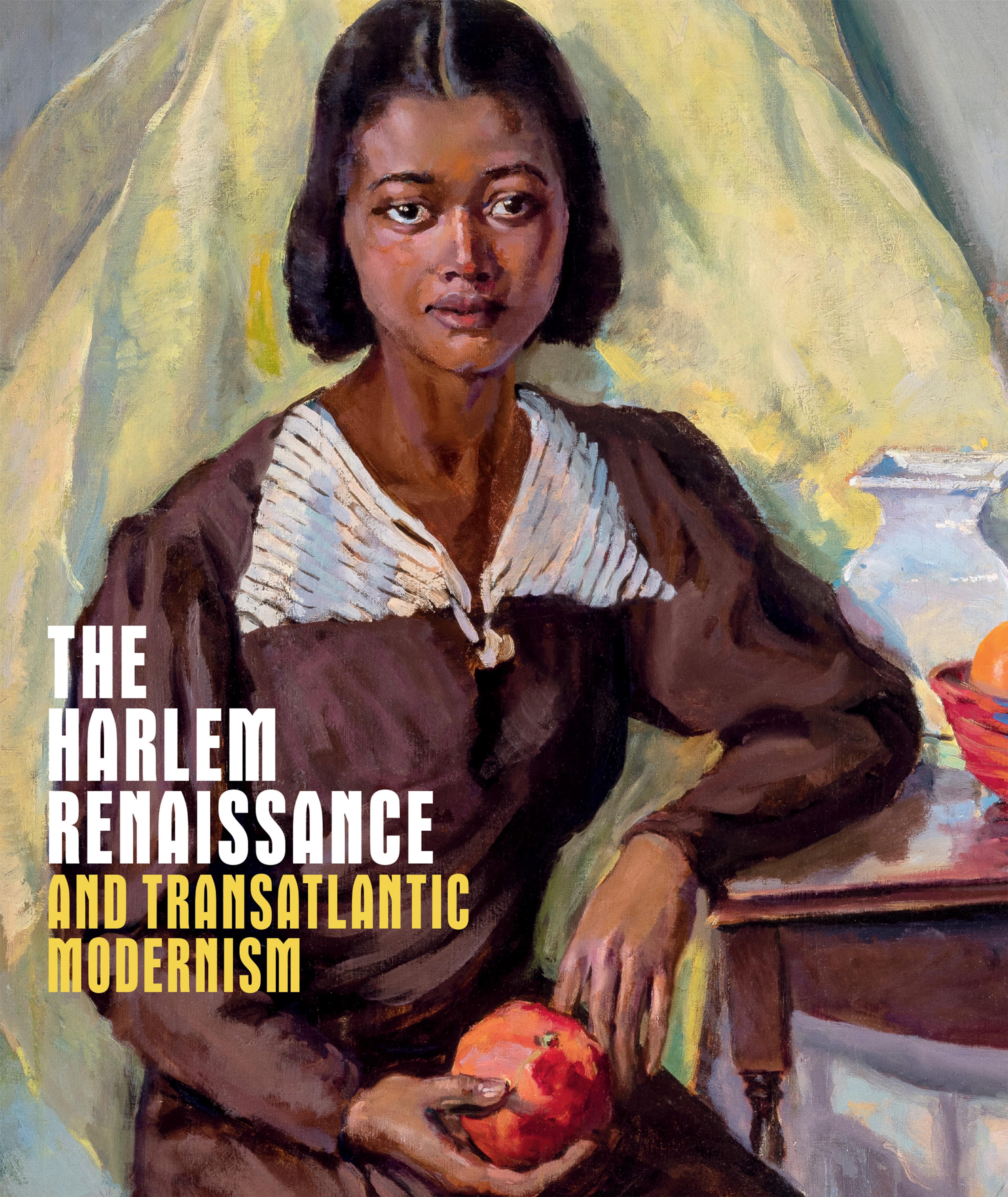The Journey of the Magi
This scene, by the leading painter of fifteenth-century Siena, shows the three magi journeying to Bethlehem to worship Christ. It is a fragment from a small altarpiece showing the Adoration of the Magi. Originally, the star was shown above the tiled roof of the stable. The fur-lined hat worn by the magus in pink was inspired by the visit to Siena in 1432 of King Sigismund of Hungary. The picture may date about 1433–35. For more information about this painting and the other panel from the altarpiece, visit metmuseum.org.
Artwork Details
- Title:The Journey of the Magi
- Artist:Sassetta (Stefano di Giovanni) (Italian, Siena or Cortona ca. 1400–1450 Siena)
- Date:ca. 1433–35
- Medium:Tempera and gold on wood
- Dimensions:8 1/2 x 11 3/4 in. (21.6 x 29.8 cm)
- Classification:Paintings
- Credit Line:Maitland F. Griggs Collection, Bequest of Maitland F. Griggs, 1943
- Object Number:43.98.1
- Curatorial Department: European Paintings
More Artwork
Research Resources
The Met provides unparalleled resources for research and welcomes an international community of students and scholars. The Met's Open Access API is where creators and researchers can connect to the The Met collection. Open Access data and public domain images are available for unrestricted commercial and noncommercial use without permission or fee.
To request images under copyright and other restrictions, please use this Image Request form.
Feedback
We continue to research and examine historical and cultural context for objects in The Met collection. If you have comments or questions about this object record, please contact us using the form below. The Museum looks forward to receiving your comments.
